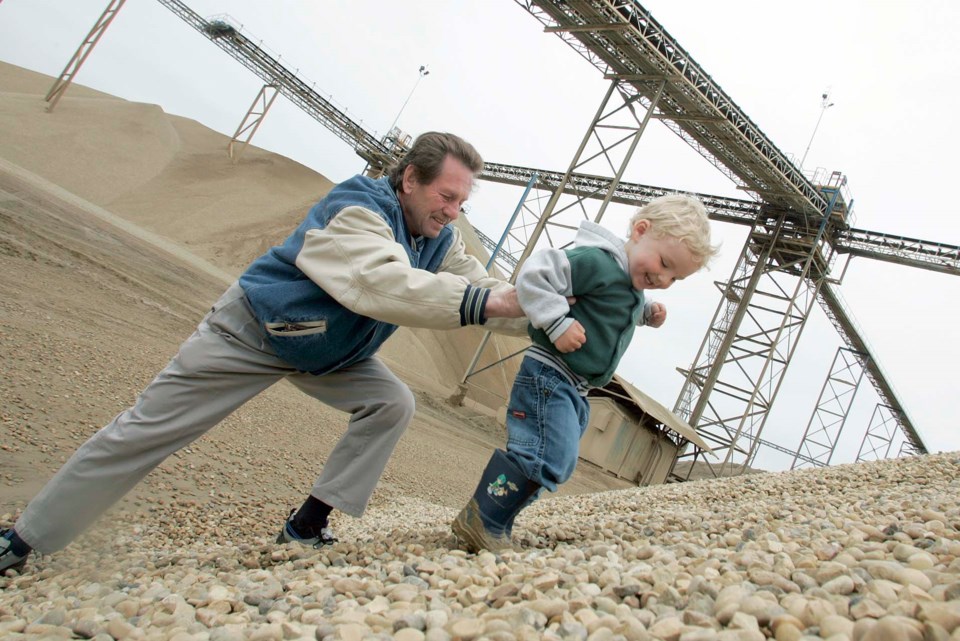An upcoming Sturgeon County bylaw could theoretically let sand and gravel operators dig mines right next to people’s homes if they convinced council to let them do so.
Sturgeon County council voted 5-2 (councillors Neal Comeau and Kristen Toms opposed) Oct. 25 to have administration draw up revisions to its land use bylaw which would add performance standards to the current Resource Extraction district and create a new DC – RE 1 Resource Extraction – Direct Control 1 district.
County council started work on revisions to its sand and gravel extraction rules back in 2019 to open up more area for extraction and address resident concerns about aggregate operations. Staff held three rounds of in-person and online talks as part of these revisions in what was billed as the county’s largest engagement process in recent memory.
The current rules require aggregate operators to stay 400 and 800 m away from homes and multi-lot subdivisions, respectively.
Last year, administration proposed to create two new resource extraction districts where operators could mine aggregate within 50 or 200 m of a home if they met enhanced performance standards for issues such as noise, traffic, dust, reclamation, communications, and air and water quality.
Two big changes
County planning and development services manager Bonnie McInnis said operators and residents disliked the proposed new districts but supported the enhanced performance standards. She proposed to scrap the new districts in favour of two other changes.
First, the county would keep its current 400/800 m setbacks for aggregate operations but require operators to meet enhanced performance standards.
Second, the county would let operators apply to rezone their land to a new direct control district for resource extraction wherein they could ask for any setback lower than 400/800 m. If council believed such a setback was warranted, they could authorize it or write in the setback of their choice, along with any other enhanced performance standards they wished.
There were certain sites in Sturgeon where smaller setbacks for sand and gravel operations could be justified through a science-based approach, McInnis said.
“If you’ve got a parcel out in the middle of nowhere and nobody around you, you could probably go right to the property line.”
Council concerns
Toms criticized these changes, saying that the 400/800 m limit was very restrictive compared to other jurisdictions and would affect millions of dollars of resources. It was also unclear what steps operators would have to take to reduce those setbacks, as those steps would be set by the council and administration of the day.
“I want people to know what they need to do in advance, both industry and residents, and I certainly don’t believe this provides that,” Toms said.
Coun. Matthew McLennan, whose division had many sand and gravel pits, approved of these changes, saying residents told him they wanted to keep the 400/800 m limit but also let industry mine closer to homes if residents were okay with it. These new rules would force industry to gain the trust of residents.
Mayor Alanna Hnatiw said she was disappointed much of the feedback council received in these consultations was “fear-based,” but acknowledged it did reflect the negative experiences of many residents.
“There’s a great deal of trust that has to be rebuilt,” she said, and increased enforcement and performance standards could build that trust.
Council also voted 5-2 (Comeau and Toms opposed) to implement other recommendations of the Resource Extraction Regulatory Review report within nine months, although some councillors called for them to be done within six. Those recommendations included a review of how the county allocated its Community Aggregate Payment (CAP) Levy — the $0.40/tonne fee operators paid when mining sand or gravel.
Council was to get a first draft of the proposed land-use changes this November.




